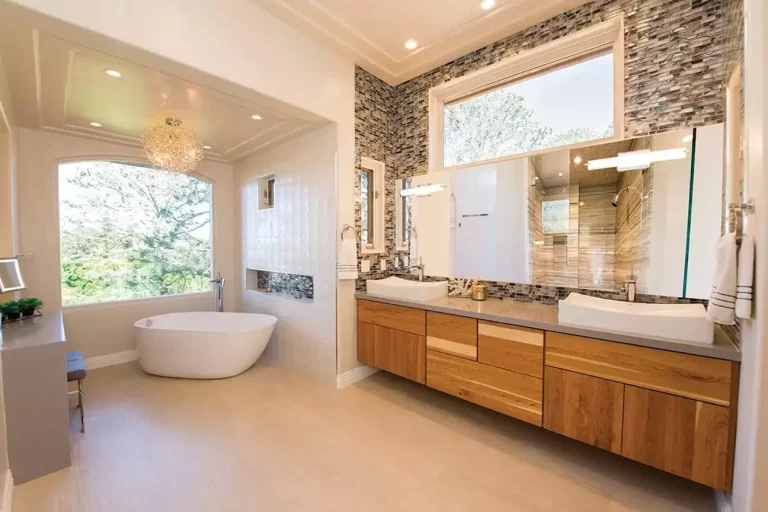Creating a custom outdoor kitchen can enhance your outdoor living space and provide a unique area for cooking, entertaining, and enjoying the outdoors. Here are key steps and considerations for custom outdoor kitchen construction:
1. Design and Planning:
- Define Your Goals: Clearly outline your goals for the outdoor kitchen. Consider the activities you want to accommodate, such as cooking, dining, and entertaining.
- Layout and Flow: Plan the layout to ensure a functional and efficient flow. Consider the proximity of the outdoor kitchen to your indoor kitchen for convenience.
2. Select a Location:
- Consider Sun and Shade: Choose a location that provides a balance of sun and shade. Consider factors like prevailing winds and the direction of the sunlight during different times of the day.
3. Choose Materials:
- Weather-Resistant Materials: Select materials that can withstand outdoor elements, such as stainless steel, stone, or weather-resistant woods like cedar or teak.
- Countertops: Choose durable and easy-to-clean countertops. Options include granite, concrete, or outdoor-rated tile.
4. Appliance Selection:
- Grill and Cooking Appliances: Choose a high-quality grill and other cooking appliances that fit your cooking preferences. Consider features like side burners, smokers, or pizza ovens.
- Refrigeration: Include outdoor-rated refrigeration units for keeping drinks and perishables cold.
- Sink and Plumbing: If you want a sink, plan for plumbing connections. Ensure the plumbing is designed to withstand freezing temperatures if you live in a cold climate.
5. Storage Solutions:
- Cabinetry: Install weather-resistant cabinets or storage units for keeping utensils, cookware, and other kitchen essentials organized and protected.
- Shelves and Drawers: Include shelves and drawers for easy access to items while cooking.
6. Lighting:
- Ambient and Task Lighting: Install a combination of ambient and task lighting for both safety and aesthetics. Consider fixtures that can withstand outdoor conditions.
7. Seating and Dining Area:
- Dining Space: Plan for a comfortable dining area with seating that complements the style of your outdoor kitchen.
- Shade Options: Consider adding an umbrella, pergola, or other shade structures for comfort during hot days.
8. Utilities and Safety:
- Gas and Electric Lines: Ensure proper installation of gas and electric lines for appliances. Consult with professionals for safe installation.
- Fire Safety: Include a fire extinguisher and ensure that the outdoor kitchen complies with local fire safety regulations.
9. Permits and Regulations:
- Check Local Codes: Verify with local authorities about necessary permits and regulations for outdoor kitchen construction.
10. Professional Installation:
- Hire a Professional: Consider hiring professionals for aspects like gas line installation, electrical work, and complex construction.
11. Landscaping Integration:
- Blend with Landscape: Integrate the design of your outdoor kitchen with the surrounding landscape for a cohesive look.
12. Maintenance Considerations:
- Easy Maintenance: Choose materials and finishes that are easy to clean and maintain to ensure the longevity of your outdoor kitchen.
Custom outdoor kitchen construction requires careful planning, attention to detail, and often involves multiple professionals, including architects, contractors, and landscapers. Make sure to consult with professionals experienced in outdoor kitchen design and construction to bring your vision to life.






